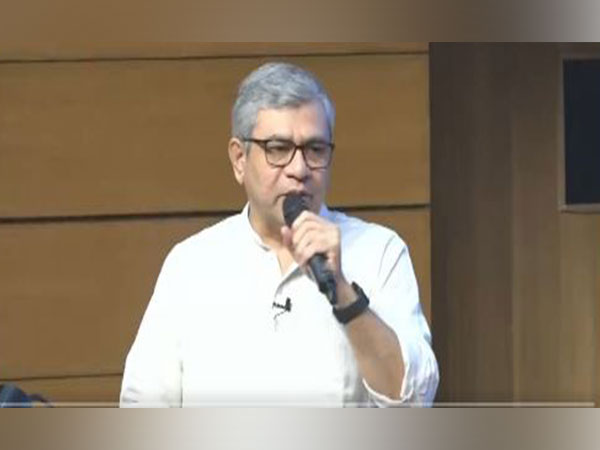India Advances Lunar Exploration with Chandrayaan-4 Mission
The Union cabinet, led by Prime Minister Narendra Modi, has approved Chandrayaan-4, a moon mission aimed at demonstrating the technologies required for a safe return to Earth. The mission, earmarked Rs. 2,104 crore, will aid in foundational technologies for manned lunar missions targeted by 2040.

- Country:
- India
The Union cabinet, chaired by Prime Minister Narendra Modi, has approved the Chandrayaan-4 mission, aimed at showcasing the technologies necessary for a lunar landing and safe return to Earth. The mission will also involve collecting and analyzing moon samples upon return.
Highlighting the mission's significance, Union Minister Ashwini Vaishnaw revealed the project's expanded scope, setting the stage for future manned Moon missions. A substantial allocation of Rs. 2,104 crore has been sanctioned, with a 36-month deadline for completion. The mission will lay essential groundwork for India's planned Moon landing by 2040.
During the Amrit Kaal, the government aims for an Indian Space Station by 2035 and a lunar landing by 2040. This vision includes multiple Gaganyaan and Chandrayaan missions to develop space infrastructure. Following the success of Chandrayaan-3, the new mission focuses on mastering lunar sample collection and safe return technologies.
ISRO will lead the spacecraft and launch preparations. Industry and academia will participate, ensuring a self-reliant mission. The Rs. 2,104.06 crore budget covers spacecraft development, launch missions, and essential design validations, culminating in a Moon landing and sample return.
The mission's successful execution will bolster India's capabilities in manned lunar missions and lunar sample analysis. Indian industries and academia will play crucial roles, and returned samples will be valuable national assets. The project also promises significant technology spin-offs and high employment potential.
(With inputs from agencies.)
ALSO READ
Blue Origin's New Glenn: A New Challenger in Space Exploration
Blue Origin's New Glenn: A Giant Leap in Space Exploration
Third Launch Pad Approved to Boost Space Exploration and Human Spaceflight Missions
Blue Origin's New Glenn Rocket Soars: A New Era in Space Exploration
Cosmic Breakthroughs and Setbacks: A Week in Space Exploration










